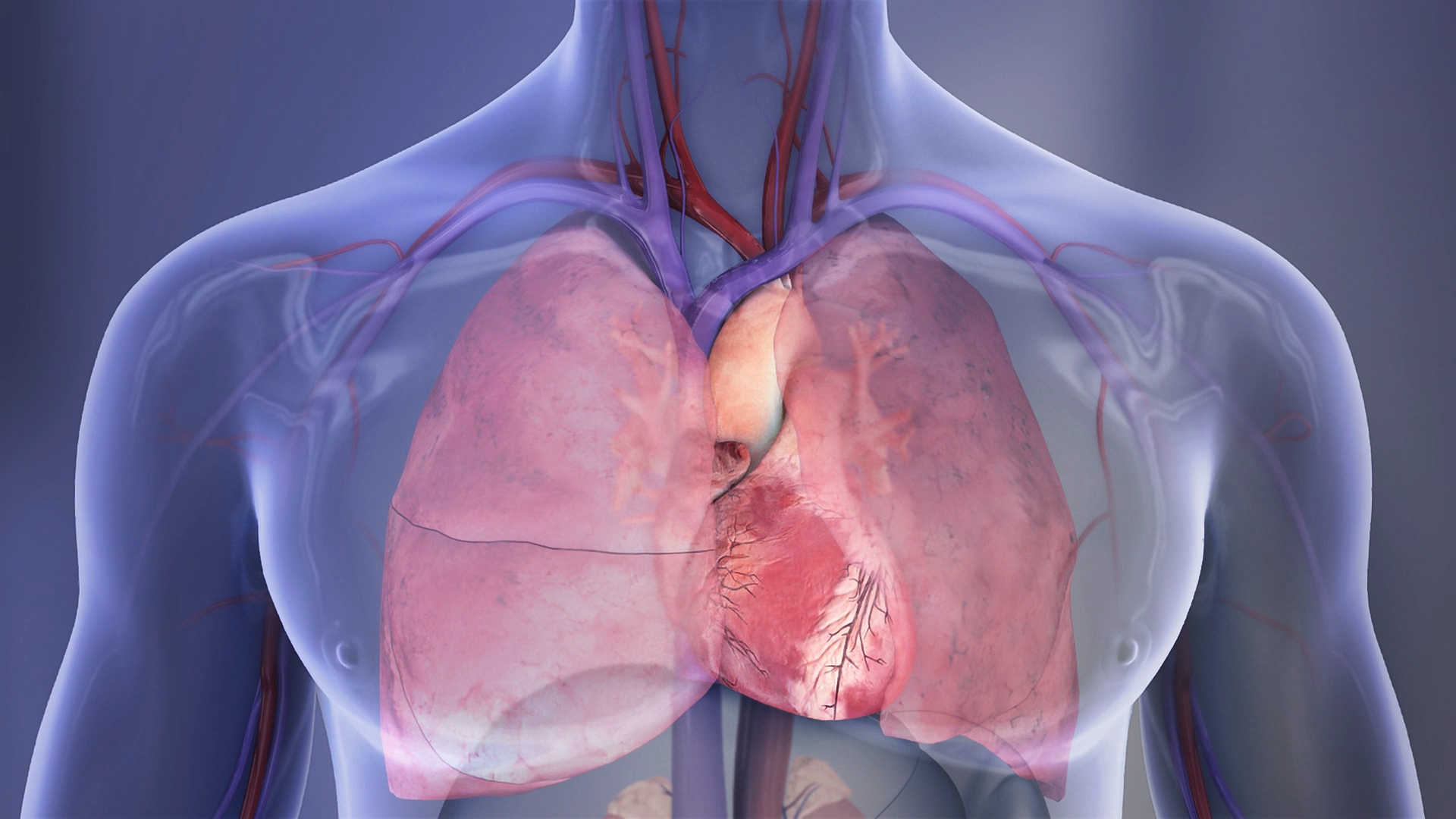Circadian Rhythm Disruptions Linked to Increased Cardiometabolic Disease Risk

Summary
Full Article
Disruptions to circadian rhythms, the body's internal 24-hour clock, show strong associations with increased risk of obesity, Type 2 diabetes, high blood pressure and cardiovascular disease according to a new scientific statement from the American Heart Association. Published in the Association's flagship journal Circulation, the statement outlines how modern lifestyle factors including rotating work schedules, irregular sleep patterns, nighttime light exposure, and inconsistent meal timing can impair metabolic regulation, blood pressure control, and hormonal balance.
Circadian rhythms regulate essential biological processes including heart rate, blood pressure, metabolism, and hormone secretion such as cortisol, which plays a crucial role in stress response and metabolism. The circadian system synchronizes primarily through light detected by the retina and transmitted to special neurons in the brain's hypothalamus region. Inside these neurons and throughout the body, specific genes and proteins including CLOCK, BMAL1, PER, and CRY generate rhythmic activity that creates the body's internal timing mechanism.
Sleep timing regularity proves as important as sleep duration for maintaining circadian health. Irregular sleep schedules, even with adequate total sleep time, can disrupt circadian rhythms. Social jet lag, defined as variations in sleep schedule between work or school days versus free days, has been linked to obesity and overweight risk. Greater day-to-day variability in sleep duration and timing also emerges as risk factors for glycemic dysregulation and Type 2 diabetes. Sleep represents one of the key measures in the Association's Life's Essential 8TM for improving and maintaining heart and brain health.
Light exposure timing serves as a therapeutic tool for circadian alignment. Morning exposure to natural light helps reinforce healthy rhythms, while exposure to artificial light at night, particularly blue light from electronic screens, can suppress melatonin and delay sleep onset. Even low levels of nighttime light associate with increased cardiovascular disease risk. Meal timing affects metabolic health beyond caloric content, with late-night eating or irregular mealtimes potentially misaligning circadian clocks in organs like the liver and pancreas, contributing to blood sugar dysregulation and weight gain.
Physical activity timing may enhance circadian health as exercise acts as a secondary synchronizer. Morning or afternoon workouts can help advance circadian rhythms, while evening exercise may delay them. The timing of physical activity may influence outcomes including blood pressure, glucose control, and sleep quality, though additional research is needed to determine optimal timing strategies for different individuals. Circadian misalignment becomes amplified by shift work, light pollution, and inconsistent sleep patterns, with rotating and night shift work representing established cardiovascular disease risk factors.
Individual internal clock timing, known as chronotype, should guide timing interventions. Whether someone identifies as a morning person or night owl affects how they respond to light, meals, and exercise. Tailoring interventions to a person's natural timing may improve effectiveness and support circadian alignment. However, accurately assessing true circadian rhythms remains challenging outside controlled laboratory settings. New technologies including wearable devices, advanced laboratory tests, and artificial intelligence may soon facilitate tracking patterns in skin temperature and heart rate over 24-hour periods, providing clearer pictures of individual body clock rhythms.
This scientific statement was prepared by the volunteer writing group on behalf of the American Heart Association Council on Lifestyle and Cardiometabolic Health; Council on Cardiovascular and Stroke Nursing; Council on Clinical Cardiology; and Council on Lifelong Congenital Heart Disease and Heart Health in the Young. American Heart Association scientific statements promote greater awareness about cardiovascular diseases and stroke issues and help facilitate informed health care decisions. While scientific statements inform guideline development, they do not make treatment recommendations. The Association receives funding primarily from individual contributions, foundations, and investment earnings, with strict policies preventing corporate donations from influencing scientific content.

This story is based on an article that was registered on the blockchain. The original source content used for this article is located at NewMediaWire
Article Control ID: 267048